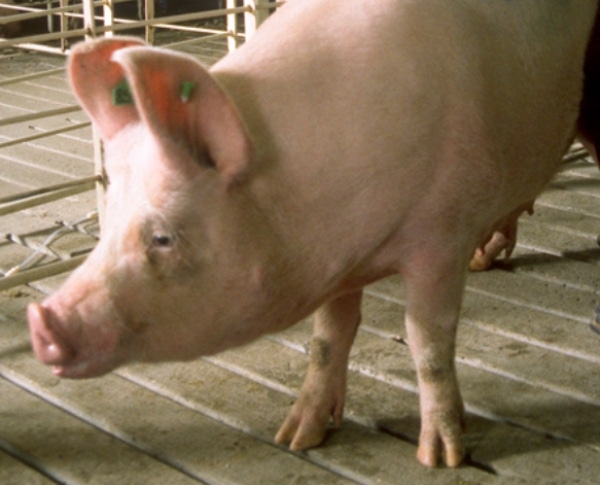Free-access sow gestation stalls are designed to provide the protection of a standard stall and the behavioral freedom of a group pen. However, research is limited on actual implementation.
December 15, 2012

Free-access sow gestation stalls are designed to provide the protection of a standard stall and the behavioral freedom of a group pen. However, research is limited on actual implementation.
Research at the University of Alberta examined the effects of alley width on physiology, behavior and production of gestating sows in a free-access stall system.
After one month of gestation, seven sows were placed in pens with seven free-access stalls and a shared alley of 3-ft., 7-ft. or 10-ft. wide, where they remained until moving to the farrowing barn.
Health scores were recorded for backfat depth, body weight, body condition, lameness and lesions. Blood samples were collected monthly for cortisol concentrations and immune function. Farrowing production data was also collected.
The health and physiology measures showed very few differences between alley sizes.
Sows in pens with 3-ft. alleys used the space less, had fewer and smaller social interactions and were less active than sows with either 7 ft. or 10-ft. alleys. There were no differences in aggression between sows based on alley widths.
Neither sow productivity measures nor litter size differed between treatments. However, sows from pens with 3-ft.-wide alleys had heavier litters than sows with 10-ft. alleys.
Researchers concluded that alley width had little effect on sow health, physiology or production. But 3-ft.-wide alleys limited sow expression of normal behavior.
The research was supported by the National Pork Board.
Researcher: Ed Pajor, University of Alberta. For more information contact Pajor at [email protected].
You May Also Like



